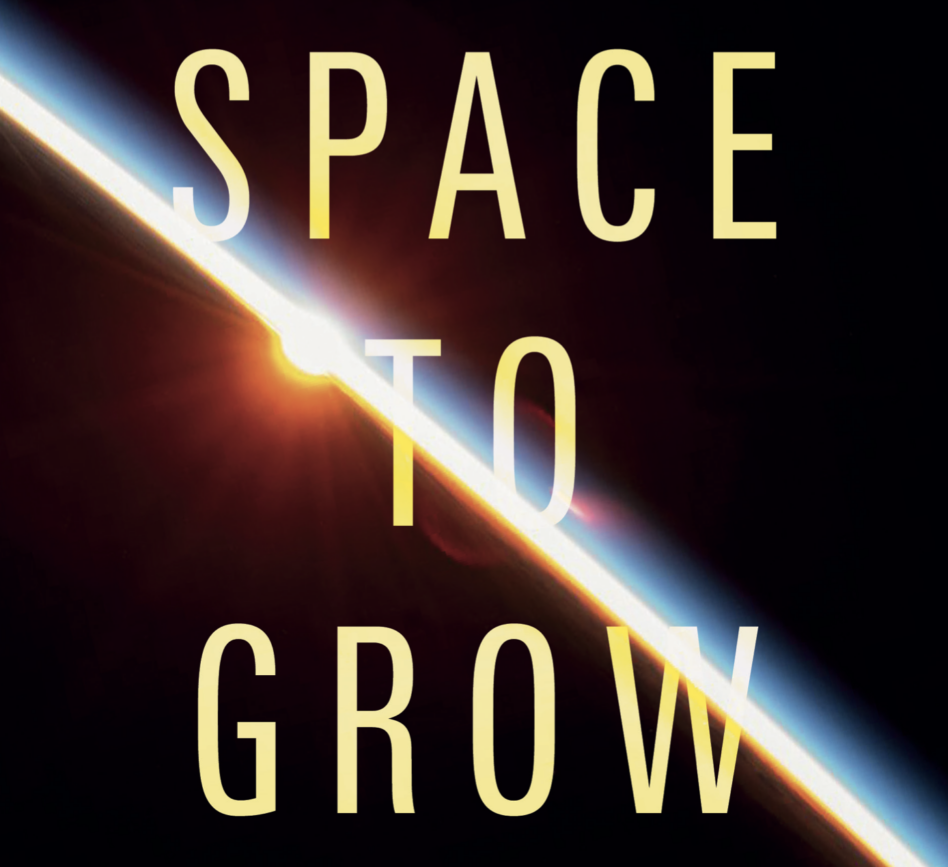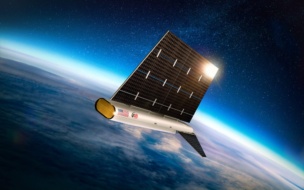Space, once the sole domain of militaries and civil space programs, is increasingly ruled by market forces.
Over the past few decades, entrepreneurs have found novel ways to achieve rapid advancements in commercial spaceflight at plunging costs. The result: an increasingly independent and decentralized commercial space sector that is in dire need of an economic framework.
“Space to Grow,” written by professor Matthew Weinzierl and former teaching fellow Brendan Rosseau of Harvard Business School, uses the language of economics to thoroughly examine the commercial space industry: how we got here, and how high we can reach.
Space History: Weinzierl and Rosseau begin with an explanation of how NASA’s early successes were eventually limited by their own bureaucratic weight.
Take the space shuttle. In its 30 years of operation, it gobbled up nearly a third of NASA’s budget to build a launcher that cost ~$1.5B per flight and flew an average of five missions a year—a far cry from its intended 60.
In the early 2000s, however, NASA fundamentally changed how it interacted with the private sector. Through COTS, NASA shifted its focus from cost-plus contracts to fixed-price models, transforming its role from overseer to advisor, and positioning itself as one customer among many in the hopes of creating a self-sustaining space industry.
The decision ushered in the likes of SpaceX, completely changing the economic basis of what’s possible in space. SpaceX’s ability to launch at 5% the cost of the shuttle gave birth to the commercial space sector as we know it.
Econ 101: Enter the graphs and matrixes. “Space to Grow” frequently employs simple economic ideas—the supply and demand curve, the prisoner’s dilemma, and the stag hunt game—to explain how commercial progress is being ushered in by civil space investments.
The economics haven’t always been simple. Weinzierl and Rosseau show how Planet’s vast troves of EO data were met with a slow uptick in demand as customers figured out how to take advantage of the new product.
They show how the SPAC craze created the first boom-and-bust moment in the industry, and examine how some business models, like commercial space stations, are stuck in a chicken and egg problem without a clear way forward.
It carries an optimistic outlook, but “Space to Grow” doesn’t shy away from the negative impacts the commercialization of space could have on society. The book takes a look at the negative externalities of the space industry—space debris and market concentration—and explores ways that governments can manage the commercial transition to promote the best possible outcomes.
Intro to law: While it’s focused largely on economics, “Space to Grow” also analyzes the legal and ethical questions that will be front and center as future in-space capabilities become reality.
The book examines the legality of space mining by exploring the history of international treaties and competing philosophies of resource ownership. It asks how comfortable we are with the growing militarization of space, and offers ways governments can refine and temper the markets they’ve created to ensure that space remains for all mankind.




